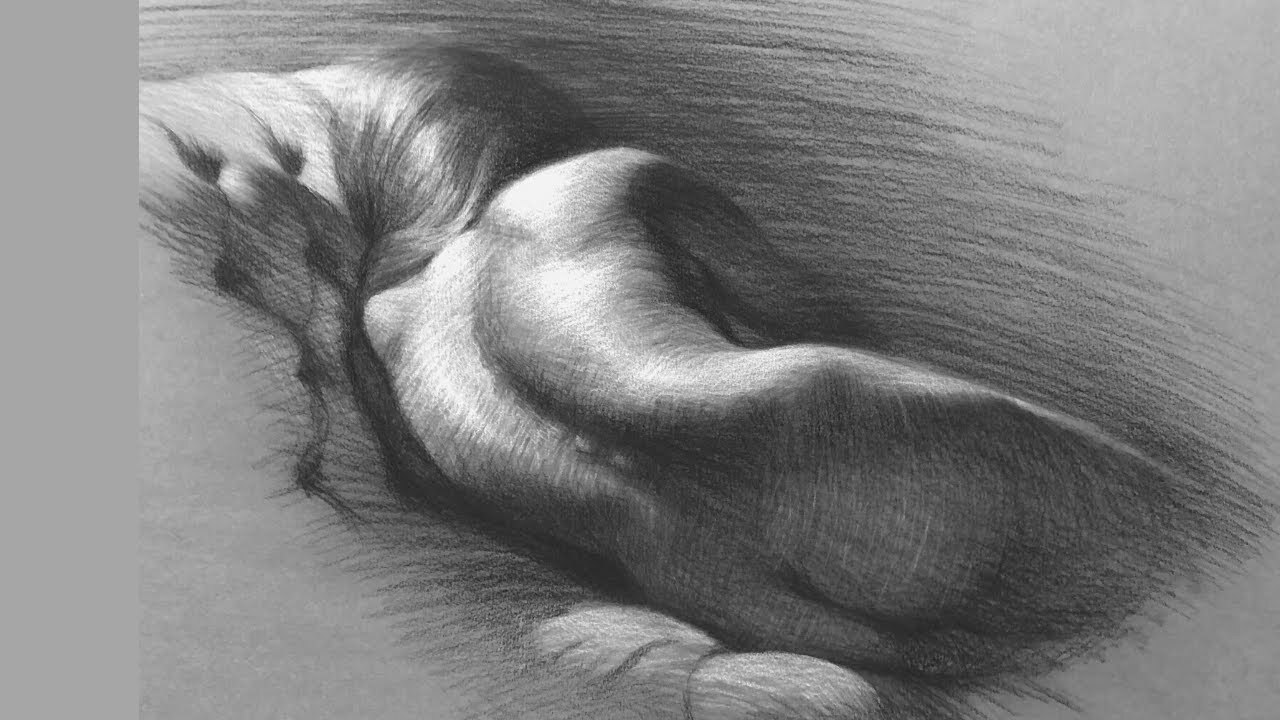
Life drawing is an art form that captures the human body in its most natural state. But why is it so important? Life drawing helps artists understand anatomy, improve observation skills, and develop a deeper appreciation for the human form. It's not just about drawing; it's about seeing. Artists learn to notice subtle details like muscle tension, posture, and even emotion. This practice can enhance overall artistic ability, making other types of drawing easier. Whether you're a seasoned artist or a beginner, life drawing offers endless opportunities for growth and creativity. Ready to learn more? Let's dive into 27 fascinating facts about life drawing!
What is Life Drawing?
Life drawing, also known as figure drawing, involves sketching the human form from a live model. This practice has been a cornerstone of art education for centuries. Let's dive into some fascinating facts about this timeless art form.
-
Ancient Origins: Life drawing dates back to ancient Greece and Rome, where artists studied the human body to create realistic sculptures and paintings.
-
Renaissance Revival: During the Renaissance, artists like Leonardo da Vinci and Michelangelo revived life drawing, emphasizing anatomical accuracy.
-
Art Schools: Many art schools require life drawing classes to help students understand human anatomy and proportions.
-
Gesture Drawing: A common exercise in life drawing is gesture drawing, where artists capture the model's pose in a few quick strokes.
-
Long Poses: In contrast, long poses can last several hours, allowing artists to focus on details and shading.
Benefits of Life Drawing
Life drawing isn't just for professional artists. It offers numerous benefits for anyone interested in improving their drawing skills.
-
Improves Observation: Life drawing sharpens observational skills, helping artists notice subtle details.
-
Enhances Proportions: Regular practice helps artists understand and accurately depict human proportions.
-
Boosts Creativity: Drawing from life encourages creative thinking and problem-solving.
-
Stress Relief: Many find the act of drawing from a live model relaxing and meditative.
-
Builds Confidence: As skills improve, so does confidence in one's artistic abilities.
Techniques in Life Drawing
Various techniques can be employed in life drawing to achieve different effects and styles.
-
Contour Drawing: This technique involves drawing the outline of the model without lifting the pencil from the paper.
-
Blind Contour: A variation where the artist doesn't look at the paper while drawing, focusing solely on the model.
-
Cross-Hatching: Using intersecting lines to create shading and texture.
-
Negative Space: Focusing on the spaces around the model to help define the form.
-
Foreshortening: A technique to depict objects or body parts that are closer to the viewer, making them appear shorter.
Tools for Life Drawing
Different tools can be used in life drawing, each offering unique advantages.
-
Charcoal: Popular for its rich, dark lines and ease of blending.
-
Graphite Pencils: Offer precision and control, ideal for detailed work.
-
Ink: Provides bold, permanent lines, often used in combination with washes.
-
Pastels: Great for adding color and texture to drawings.
-
Erasers: Not just for correcting mistakes, but also for creating highlights and textures.
Famous Life Drawings
Many renowned artists have created iconic life drawings that continue to inspire.
-
Leonardo da Vinci: Known for his detailed anatomical studies and sketches.
-
Michelangelo: His life drawings showcase his mastery of the human form.
-
Egon Schiele: Famous for his expressive and often provocative figure drawings.
-
Albrecht Dürer: His meticulous studies of the human body are still admired today.
-
Gustav Klimt: Known for his sensual and intricate life drawings.
Modern Life Drawing
Life drawing remains relevant in contemporary art, with new approaches and technologies.
-
Digital Life Drawing: Artists now use tablets and software to create life drawings, blending traditional techniques with modern technology.
-
Virtual Models: Some artists use 3D modeling software to study and draw the human form, offering new possibilities for practice and experimentation.
The Final Brushstroke
Life drawing isn't just about capturing the human form. It's a journey into understanding proportions, light, shadow, and the essence of a subject. Whether you're a seasoned artist or a beginner, the practice hones observation skills, boosts creativity, and provides a deeper appreciation for the human body. Plus, it's a fantastic way to relax and express yourself.
Remember, every sketch, no matter how imperfect, is a step forward. Embrace the process, enjoy the learning curve, and don't be afraid to make mistakes. Each line drawn brings you closer to mastering this timeless art form.
So grab your sketchpad, find a comfortable spot, and let your pencil dance across the paper. The world of life drawing awaits, full of endless possibilities and discoveries. Happy sketching!
Was this page helpful?
Our commitment to delivering trustworthy and engaging content is at the heart of what we do. Each fact on our site is contributed by real users like you, bringing a wealth of diverse insights and information. To ensure the highest standards of accuracy and reliability, our dedicated editors meticulously review each submission. This process guarantees that the facts we share are not only fascinating but also credible. Trust in our commitment to quality and authenticity as you explore and learn with us.
